and son King Edward the iiijth' died this day in 1495.
The aforementioned quote is taken from Cecily's last will and testament which was also made on the 31st of May. You will note that she makes no mention of Richard as her son or as king, but this may be because her servants were too afraid of Henry VII rather than favouritism on her part.
Prince of Wales and Henry the future Henry VIII. She also remembers Margaret Beaufort and leaves money and goods to pages within her household and religious houses.
Cecily's will was proved on the 27th August at Lambeth.
and a pix with the flesh of St Christofer Also I bequieth to my lady the Kinges moder a portuos with claspes of gold covered with black cloth of golde Also I geve to my lord Prince a bedde of arres of the Whele of Fortune and testour of the same a counterpoint of arras and a tappet of arres with the pope Also I geve to my lord Henry Duke of Yorke three tappets of arres oon of them of the life of St John Baptist another of Mary Maudeleyn and the thirde of the passion of our Lord and Saint George…
…Also I geve to my doughter of Suffolk the chaire with the covering, all the quoscions , horses and harneys belonginge to the same and all my palfreys Also I geve to my son of Suffolke a clothe of estate and iij quosions of purpull damaske clothe of goldAlso I geve to my son humfrey two awter clothes of blewe damaske brawdered and a vestyment of crymeson satten for Jhus masse. Also Igeve to my son William a traves of white sarcenet twoo beddes of downe and twoo bolsters of the same. Also I geve to my Doughter Anne priores of Sion a boke of Bonaventure and Hilton in the same in Englishe and a boke of the Revelacions of Saint Burgitte
Transcription
Also I give and bequeath to the kings noble grace all such money as is owing to me of the customs, and two cups of gold. Also I give and bequeath to the queen a cross crosslet of diamonds, a salter with clasps of silver and gilt enameled, covered with green clothe of gold, and a pyx with the flesh of St Christopher. Also I bequeath to my lady the king's mother a portuos with clasps of gold covered with black cloth of gold. Also I give to my lord prince a bed of arras of the wheel of fortune and tester of the same, a counterpoint of arras and a tappet of arras with the pope. Also I give to my lord Henry, duke of York three tappets of arras, one of them of the life of St John Baptist another of Mary Magdalene and the third of the passion of our Lord and Saint George…
Cecily then bequeaths gifts to Fotheringhay College, the college at Stoke Clare, the nunnery at Sion and her granddaughters (the children of Edward IV) and makes a range of bequests to the de la Pole family (John de la Pole, 2nd Duke of Suffolk, having married her daughter Elizabeth):
…Also I give to my daughter of Suffolk the chair with the covering, all the cushions, horses and harness belonging to the same and all my palfreys. Also I give to my son of Suffolk a clothe of estate and 3 cushions of purple damask clothe of gold.
Also I give to my son Humphrey two alter clothes of blue damask embroidered and a vestment of crimson satin for Jesus' masse. Also I give to my son William a traves of white sarcenet, two beds of down and two bolsters of the same. Also I give to my daughter Anne, prioress of Sion, a book of Bonaventure and Hilton in the same in English and a book of the Revelations of Saint Bridget.
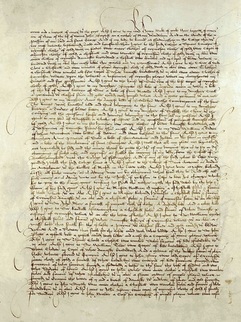
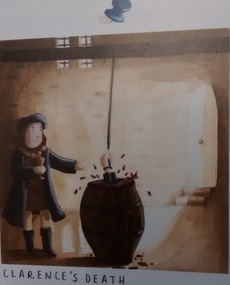
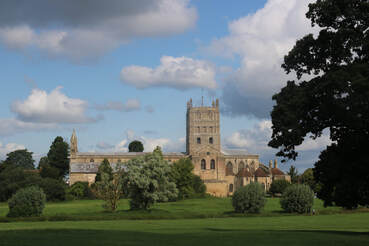
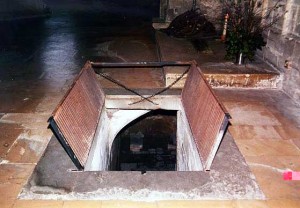

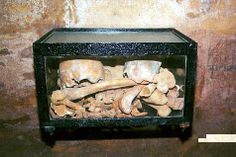
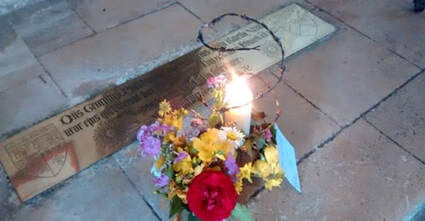

 RSS Feed
RSS Feed
